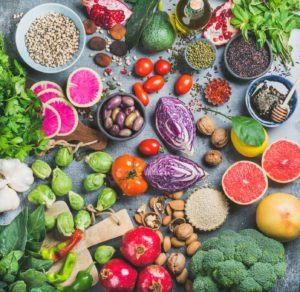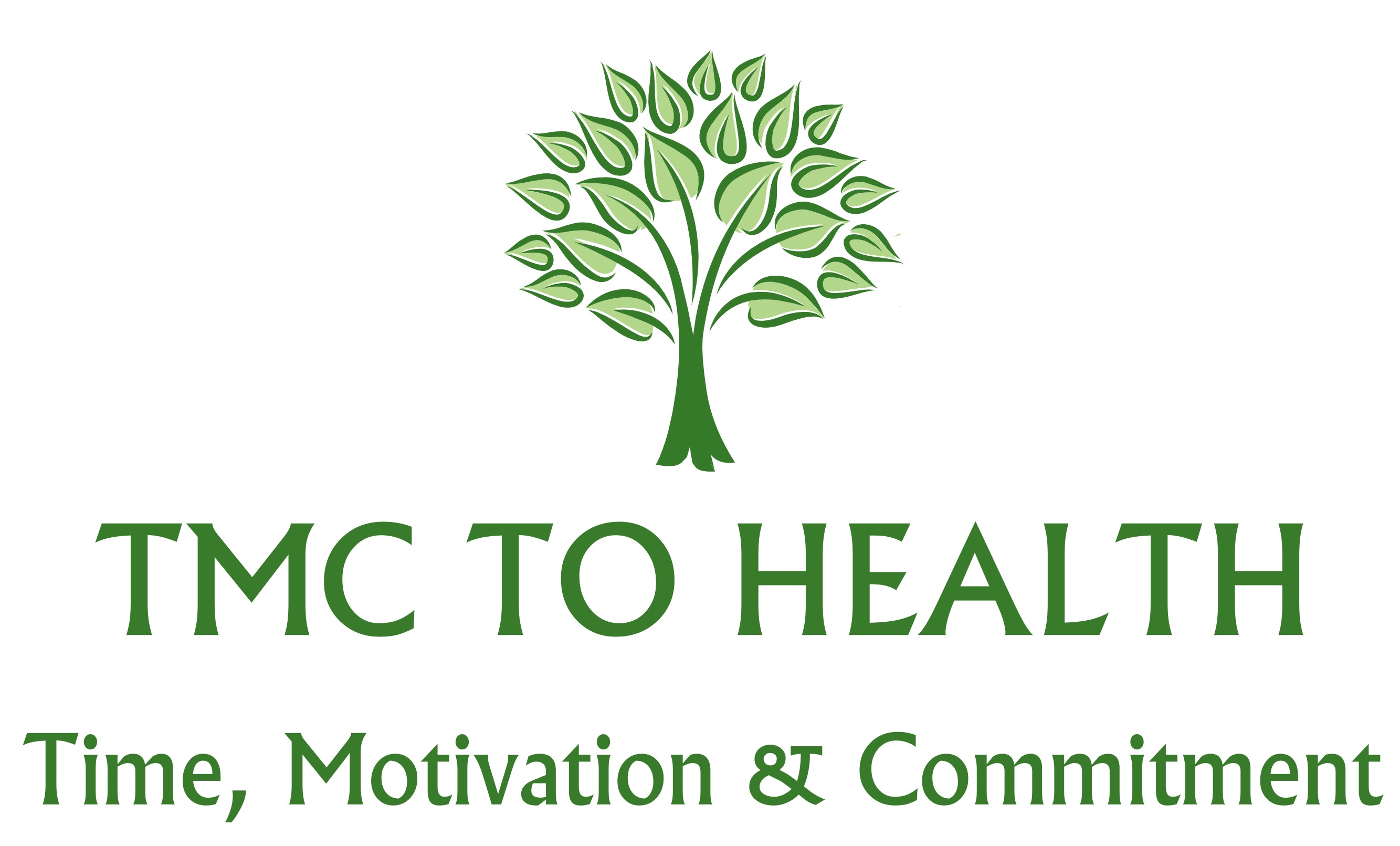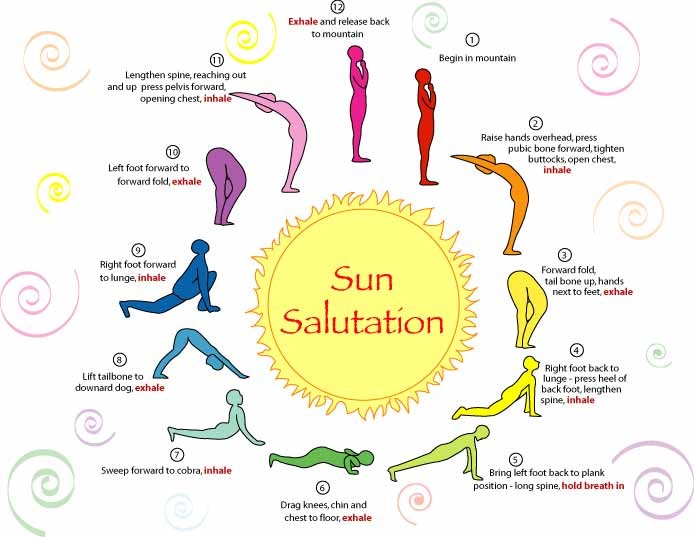 The past several years have been rife with information on and attention given to gluten. In truth, I went the first 30 years of my life having never heard the word. Some people believe that gluten is just bad and must always be avoided, and if a food is “gluten-free,” then it must be good for me, and I can eat as much of it as I want. Neither of these beliefs are true. Gluten is neither good nor bad but simply a composite of storage proteins found in wheat and related grains, including barley, rye, some processed oats due to cross contamination with other products containing gluten, and all their species and hybrids, such as spelt, Khorasan, emmer, einkorn, triticale, etc. Gluten gives elasticity to dough, helping it to rise and keep its shape.
The past several years have been rife with information on and attention given to gluten. In truth, I went the first 30 years of my life having never heard the word. Some people believe that gluten is just bad and must always be avoided, and if a food is “gluten-free,” then it must be good for me, and I can eat as much of it as I want. Neither of these beliefs are true. Gluten is neither good nor bad but simply a composite of storage proteins found in wheat and related grains, including barley, rye, some processed oats due to cross contamination with other products containing gluten, and all their species and hybrids, such as spelt, Khorasan, emmer, einkorn, triticale, etc. Gluten gives elasticity to dough, helping it to rise and keep its shape.
The problems arise when someone is gluten intolerant or has celiac disease. When someone is gluten intolerant, they can experience bloating, constipation, diarrhea, or any number of digestive issues. Although being gluten-intolerant can wreak havoc on the body, it’s not as serious as having celiac disease.
Celiac disease is a very serious, long-term autoimmune disorder primarily affecting the small intestine and occurring in people who are genetically predisposed. Classic symptoms include gastrointestinal problems, such as chronic diarrhea, abdominal distention, malabsorption, and loss of appetite. Among children, it can lead to a failure to grow normally, which often begins between six months and two years of age. Non-classic symptoms are the most common, especially in people older than two years. There may be mild or absent gastrointestinal symptoms, a variety of symptoms involving any part of the body, or no obvious symptoms. Also called coeliac disease, celiac disease was first described in childhood; however, it may develop at any age. It is associated with other autoimmune diseases, such as diabetes mellitus type 1 and thyroiditis, among others.
Upon exposure to gluten, an abnormal immune response may lead to the production of several different autoantibodies that can affect several different organs. In the small bowel, this causes an inflammatory reaction and may produce shortening of the villi lining the small intestine (villous atrophy). This affects the absorption of nutrients, frequently leading to anemia.
In general, people who have thyroid issues also should avoid gluten. The protein in gluten resembles that of thyroid tissue, so grains might increase the risk of thyroid problems. It’s more prevalent in sufferers of Hashimoto’s disease, because when gluten crosses the gut barrier, the immune system prepares for attack and thyroid tissue gets caught in the battle.
 If you feel like your digestive system is not functioning properly or you are experiencing any of the above-mentioned symptoms, talk to your doctor and be tested immediately. You also can go completely off all gluten products for a period of three weeks, assess how you feel, and then add them back in to your diet. Your gut and energy levels will let you know immediately if you have a problem.
If you feel like your digestive system is not functioning properly or you are experiencing any of the above-mentioned symptoms, talk to your doctor and be tested immediately. You also can go completely off all gluten products for a period of three weeks, assess how you feel, and then add them back in to your diet. Your gut and energy levels will let you know immediately if you have a problem.
Now for the good news: Going gluten free is easy, because gluten-free products are everywhere. But the best news? The foods that are the healthiest for you are all gluten free, including red meat, fish, chicken, pork, all fruits, all vegetables, and all dairy. Imagine that! Eating a whole food diet, minus the grains, is the easiest and healthiest way to go. Of course, it doesn’t mean that you can eat an unlimited amount of these foods; portions still must be consumed based on your caloric needs.
Gluten-Free Recipes
And now for a couple of treats: Check out these two amazing recipes for brownies that are gluten-free. Enjoy!













Leave a Reply